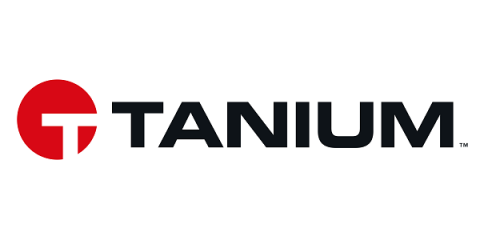Meeting Compliance With Threat Intelligence
Threat intelligence is the process of gathering, analysing, and applying information about current and potential cyber threats to help organisations protect themselves proactively. It involves monitoring threat actors, attack patterns, vulnerabilities, and global cyber activity to provide actionable insights. Unlike traditional reactive approaches to cyber security, threat intelligence enables businesses to anticipate threats and tailor their defences accordingly.











